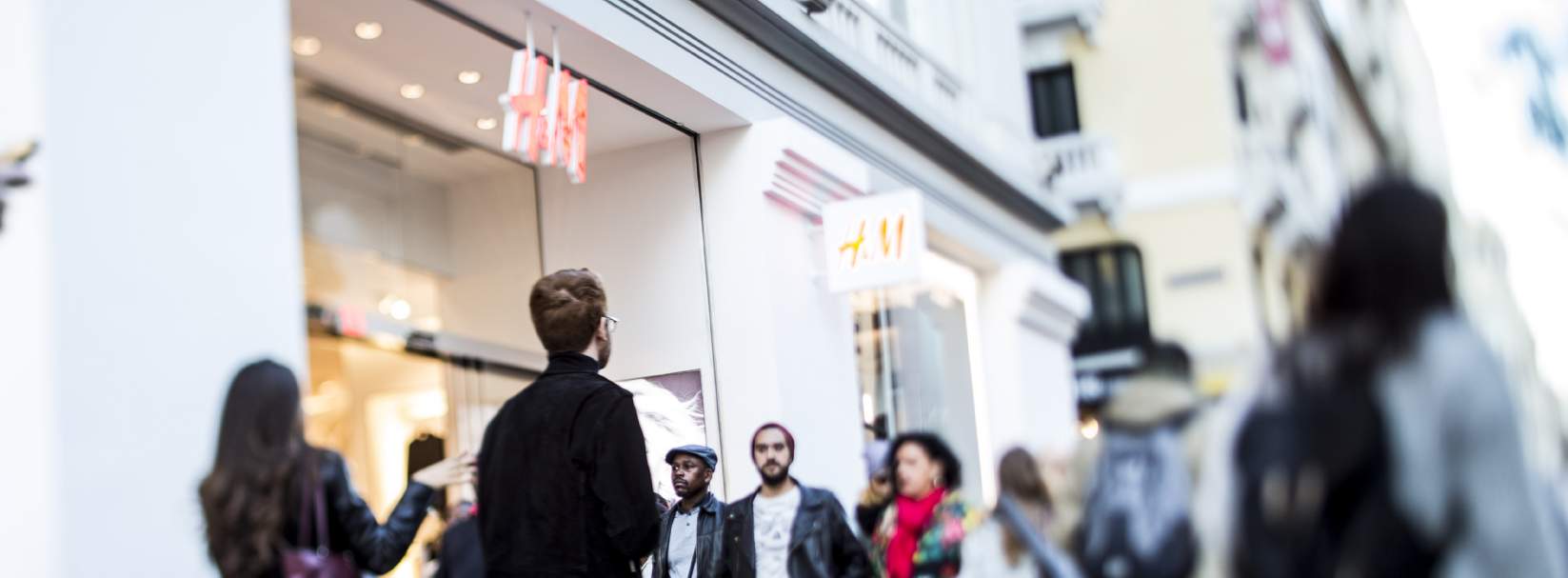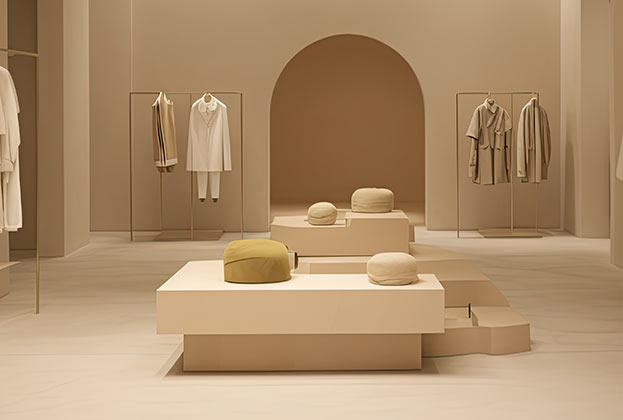Their names are plain. Their logos are simple. Their colors are bright. They are like aliens landing on our city blocks occupying space the equivalent to that of 20 or 30 boutiques. Is Madrid about to welcome the invasion of the so-called big-box stores?
Until recently, the “big-box stores” - aptly named because of their enormous box-like shape - have been located primarily on the outskirts of Madrid. While these locations are generally accessible by either car or bus, they are nevertheless perceived by some consumers as being both inconvenient and isolated.
Indeed, in recent years, the openings of Decathlon on Calle Orense, Media Markt on Alcalá and Aki Bricolaje on Bravo Murillo paved the way for this phenomenon, eliciting wide acceptance from the general public. For most people who applauded this strategic decision, it was a welcome sight to see their favorite brands in the city blocks. The entry of some other mega brands into this type of location was just a matter of time. The inauguration of IKEA on Serrano, 55 and the launching of the second high street store of Media Markt on Plaza del Carmen support this claim. Decathlon´s new store on Ortega y Gasset could usher in and bolster a fresh trend.
Big-box retailers open large shops in the city center to become closer to the consumers, and in the process, attain better market positioning while further strengthening the brand
One cannot help but wonder what urged them to set up flagship stores in Central Madrid. There seems to be one common denominator among them; big-box retailers open large shops in the city center to become closer to the consumers, and in the process, attain better market positioning while further strengthening the brand. After all, nothing beats being as close as possible to your target public. Moreover, while consumers can still do their shopping spree in the outlying areas, they now have the option to frequently visit these stores without the need to traverse the other side of the city. In addition, these shops serve as a display window to complement their online platform, enticing people to engage in “showrooming”.
In light of these major changes, the next obvious question one may be compelled to ask would be, “What other brands could be introduced in the market?” In the coming months, we will witness the unveiling of Leroy Merlin, leaving its giant footprint on Raimundo Fernandez Villaverde, 43, replacing the stores of Cortefiel and Dealz. And if this major development seems overly extravagant, imagine the impact that will be made to the retail industry when Decathlon finalizes the fit-out works of their soon-to-open two megastores in the prime areas of Fuencarral 45 (formerly occupied by Mercado de Fuencarral) and Princesa 63 (which used to be Lefties).
When it comes to synergy, these giant stores may even serve as anchors in the area. It is expected that IKEA can attract consumers, alongside Zara Home and the future Serrano 90, thus expanding the commercial stretch a little further towards Calle Juan Bravo. One can only hope that the future occupier of Serrano 53 will be a furniture retailer, hence, converting this part of the street into the Golden Mile for home furnishing.
Perhaps these “big-box” stores place higher premium on excellent frontage and clear open spaces to position their brands
On the other hand, are there retail opportunities for these giant stores in prime location? Can they handle the skyrocketing rental prices that prime locations demand? What are their expansion needs? Securing a store with a size of more than 1,500 sqm is a herculean task especially if they are eyeing the main commercial stretch of the prime retail pitch of Madrid. But perhaps they do not need to be in the best stretch but rather in locations closest to the prime commercial hub, or to the street´s main commercial stretch, as in the cases of IKEA, Media Markt and Leroy Merlin. Perhaps these “big-box” stores place higher premium on excellent frontage and clear open spaces to position their brands. Or perhaps they have to wait for the ideal store to become available for occupancy as in the aforementioned cases of Decathlon.
Whatever the case may be, the entry of these brands into the city center is both a novelty and a learning experience for the retailers because they have to adjust to a smaller size compared to the stores they occupy on the outskirts of Madrid. This implies that they must choose wisely the right assortment of merchandise they have to display to satisfy the requirements of their shoppers.
The popular adage that location is important to retail business cannot be overemphasized. These brands have established their high street address to cater to the needs and provide maximum comfort to their customers. Because of their inevitable inclusion into the mainstream of the hustle and bustle of the shopping streets, those in the retail industry cannot afford to sit back, adopt a lackadaisical attitude, and ignore this booming sector. The retail consultant who can detect the needs of a “big-box retailer” and offer them the best store is definitely in for the jackpot.




.jpg)




.jpg)
